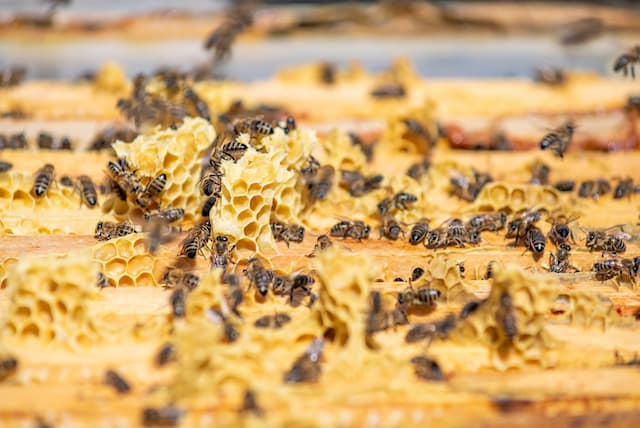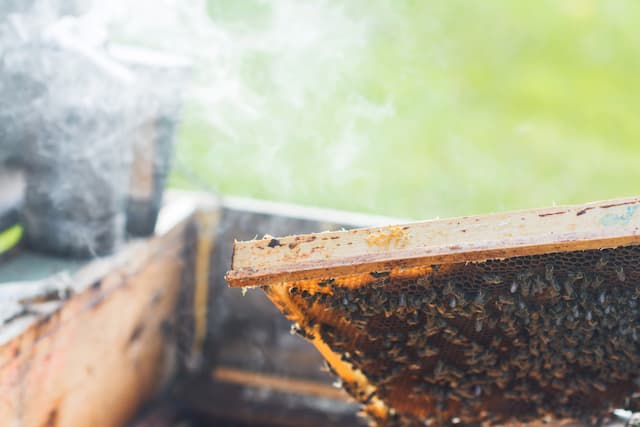Yellowjackets and murder hornets, paper wasps, and mud daubers are not aggressive and not a danger to have around especially due to their being loners of sorts.
If you suspect wasp presence anywhere near or on your property, contact wasp removal Guelph for quick and safe removal.
In general, just about every wasp is aggressive if you approach their nest. It is the reason they have such a powerful stinger that can sting more than once. They are built for combat, unlike bees who are built for self-defense. This kind of activity can be seen across the spectrum of species. It is called intraspecies survivability. In the case of some chipmunks the female chipmunk, when it sees a dangerous predator will scream at the top of its lungs. This sends a massive warning out that causes all the chipmunks to hide but causes the predator to kill the screaming chipmunk. It gave up its life for the species. Bees do that as well, but wasps do not. Wasps will attack but they are not designed to assist each other in the way other species are.
The most aggressive wasp or hornet in the world is the Japanese Murder Hornet. Temporarily introduced to North America, by accident, these hornets are very aggressive and will attack a person for no reason at all. They are called murder hornets because a single hornet can sting a person to death with only two or three stings.
The yellowjacket wasps are also highly aggressive. They normally build very large nests and can attack in swarms. These wasps generally build large nests in the ground, around the size of a soccer ball. They tend to prefer to take over abandoned rodent burrows. The queen, having been hibernating for the winter, finds a safe place to start building a nest. She will build a small paper sack and lay her eggs. When they mature fully they become sterile female worker wasps. They build the nest and collect food to feed the queens young. As the months and seasons pass into fall the queen will birth a series of male and female wasps capable of copulation. They mate and the males and sterile females die off. The queen and her new queen children fly off to hibernate and then return in the spring to make multiple nests, often on the same property. This is how a small yellowjacket issue can turn into a very, very big problem.
If you have a nest and you want it gone call Wasp Control. We can get rid of that nest and return to you your peace of mind

